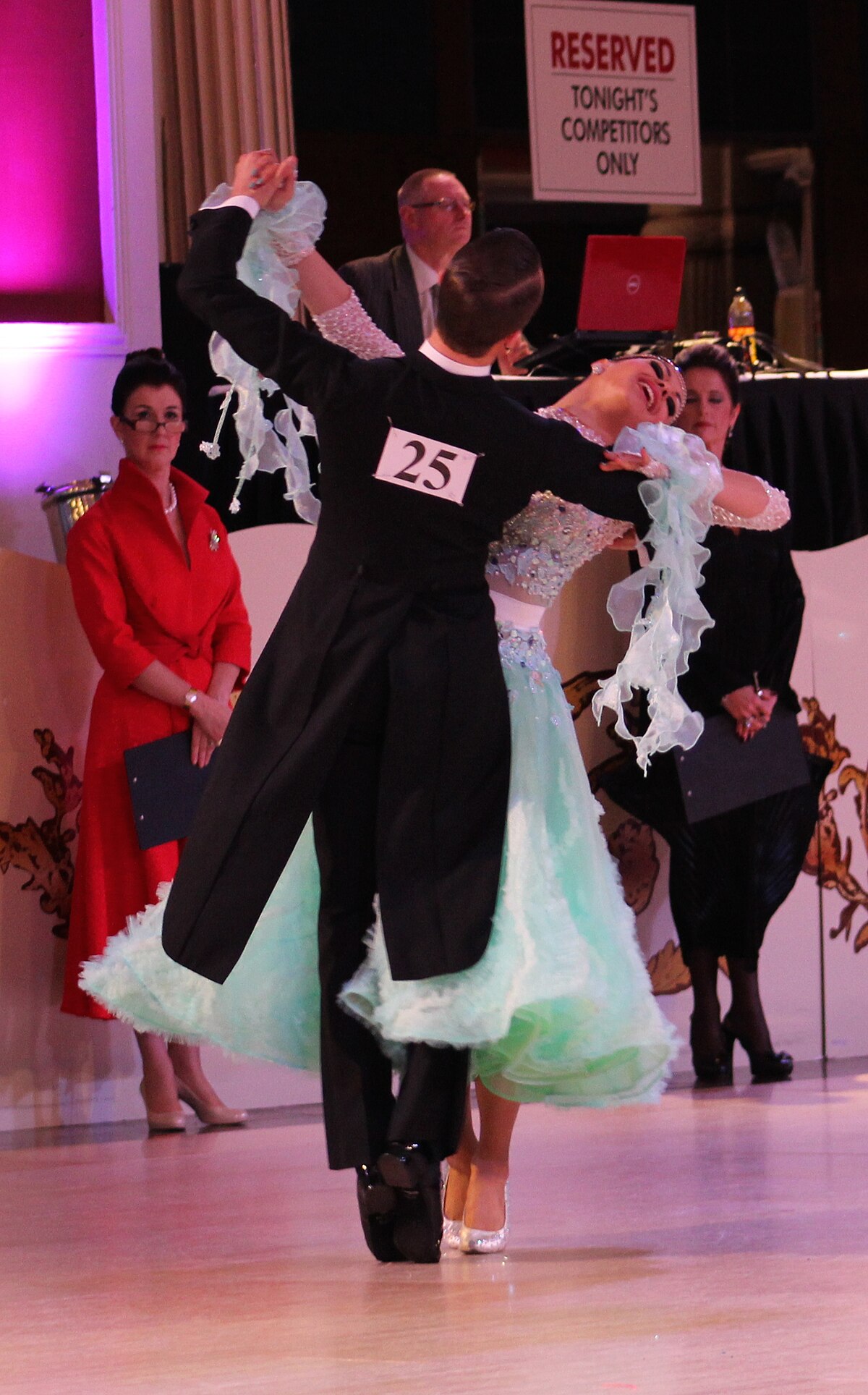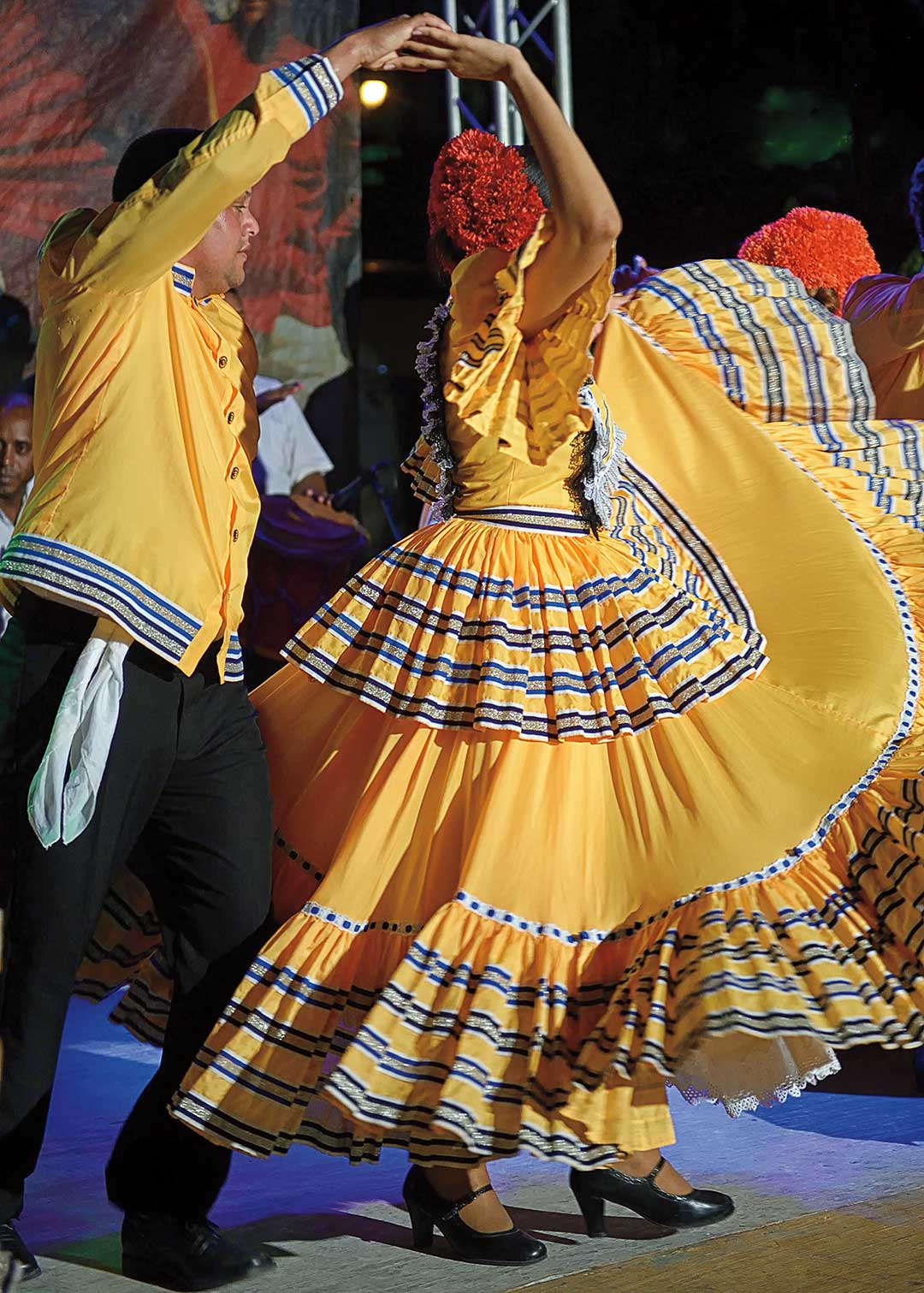All About Dance Fridays
Wiki Article
The 9-Second Trick For Dance Fridays
Table of ContentsUnknown Facts About Dance FridaysNot known Facts About Dance FridaysThe Single Strategy To Use For Dance FridaysThe Of Dance FridaysLittle Known Questions About Dance Fridays.The Ultimate Guide To Dance FridaysThe Facts About Dance Fridays Uncovered
The significant difference that distinguishes the Miami-style from other North American designs is the "Atras" or "Diagonal", back breaking actions performed backwards diagonally rather than relocating forwards and in reverse as seen in the New York design. Dancers do not move their body weight substantially as seen in other designs. Instead, professional dancers keep their top body still, positioned and loosened up, concentrating on foot activity.A major difference in between Cali Design and Miami-style is the latter is solely danced on the downbeat (On1) and has aspects of sparkles and show-style added to it, adhering to arsenals of North American styles. Miami-style has many adherents, specifically Cuban-Americans and various other Latinos based in South Florida.
Much of the moves entail rapidly switching partners. "Rueda de Cuba" is original kind of Rueda, originating from Cuba. It is not as formal as Rueda de Miami and contains concerning 30 telephone calls. [] It was ordered in the 1970s. [] "Rueda de Miami" originated in the 1980s from Miami, is a formal design with lots of rules based upon a mix, and is a hybridization of Rueda de Cuba & North American dancing styles, with some regimens reflecting American society (e.
The smart Trick of Dance Fridays That Nobody is Talking About
Coca-Cola, Dedo, Adios) which is not found in the traditional Cuban-style Rueda. Cali-Style Salsa, also called Colombian Salsa and Salsa Calea, is based around the Colombian City of Cali. Cali is also called the "Resources de la Salsa" (Salsa's Funding); due to salsa music being the primary style in events, clubs and events in the 21st century.
The 30-Second Trick For Dance Fridays
They include different acrobats such as partnered turns to amuse with these jaw dropping stunts. Their maneuvering is elaborate and specific, aiding several Colombian Design professional dancers win major globe champions. Cali hosts many annual salsa events such as the World Salsa Cali Event and the Encuentro de Melomanos y Coleccionistas.Researchers in the all-natural scientific researches researched the math of salsa dancing steps. In the social sciences, researchers have actually studied salsa dance to understand, for example exactly how the Latino identification is attached to salsa dance.
and, scientists have likewise used salsa dancing to examine the ephemerality of social teams. Salsa songs the songs to which salsa is danced Mambo a dancing style which heavily affected salsa dancing Palladium Ballroom a New york city City place that assisted popularize Latin music and dancing throughout the 1940s and 1950s Dance a ballroom dance that greatly influenced salsa World Salsa Championships a list of global competitions for salsa dance Cuban salsa a prominent type of salsa dancing from Cuba Boggs, Vernon (1992 ).
The Greatest Guide To Dance Fridays
ISBN0-313-28468-7. OCLC24908952. Hutchinson, Sydney (2004 ). " Mambo on 2: The birth of a new type of dancing in New york city City" (PDF). Centro Journal. 16: 108137. ISSN1538-6279. " What Is Salsa (Dancing)?" (https://www.easel.ly/infographic/rw4ogf). 2023-03-13. Retrieved 2023-05-26. Youthful, Takeshi (26 June 2023). " Latin Dance". Salsa Vida. Recovered 5 October 2023. " Inventing salsa".Salsa Vida. 26 June 2023. Recovered 5 October 2023.

The smart Trick of Dance Fridays That Nobody is Discussing
" A Lot Of Popular Kind of Salsa Dancing - The Modern Dancer". 2020-04-15. Recovered 2022-09-27. " Salsa or Bachata, Which is Easier to Discover?". Lobbyists Salsa & Bachata Dance Academy. Fetched November 9, 2023. Mc, Mains, Juliet (2015 ). Spinning Mambo Into Salsa. Oxford College Press. ISBN 9780199324644. Amanda Rosa. " Long time dance instructor talks salsa, both 'Cuban style' and 'Miami style'".The city of musical memory: salsa, document grooves, and prominent society in Cali, Colombia. Salsa Vida SF. The Journal of Popular Society.
Not known Details About Dance Fridays

54 (5 ): 9991024. doi:10 - salsa dancing club san francisco. 1108/EJM -08 -2018 -0565. ISSN0309-0566. S2CID216399732.
Something failed. Wait a moment and try once more Attempt once again.
Dance Fridays - The Facts
We're speaking about the dance, not the tasty South index American condiment. The beginnings of the word "Salsa" as the name of a dance has actually provided debate for years. The most preferred (and possibly approved) theory is that Cuban and Puerto Rican artists in New york city created the phrase in New york city in the 1970's, to describe the spicy blend of music they were producing out of the rhythms and concepts of Cuban child montuno, guaracha, chachacha, mambo and bolero.Report this wiki page